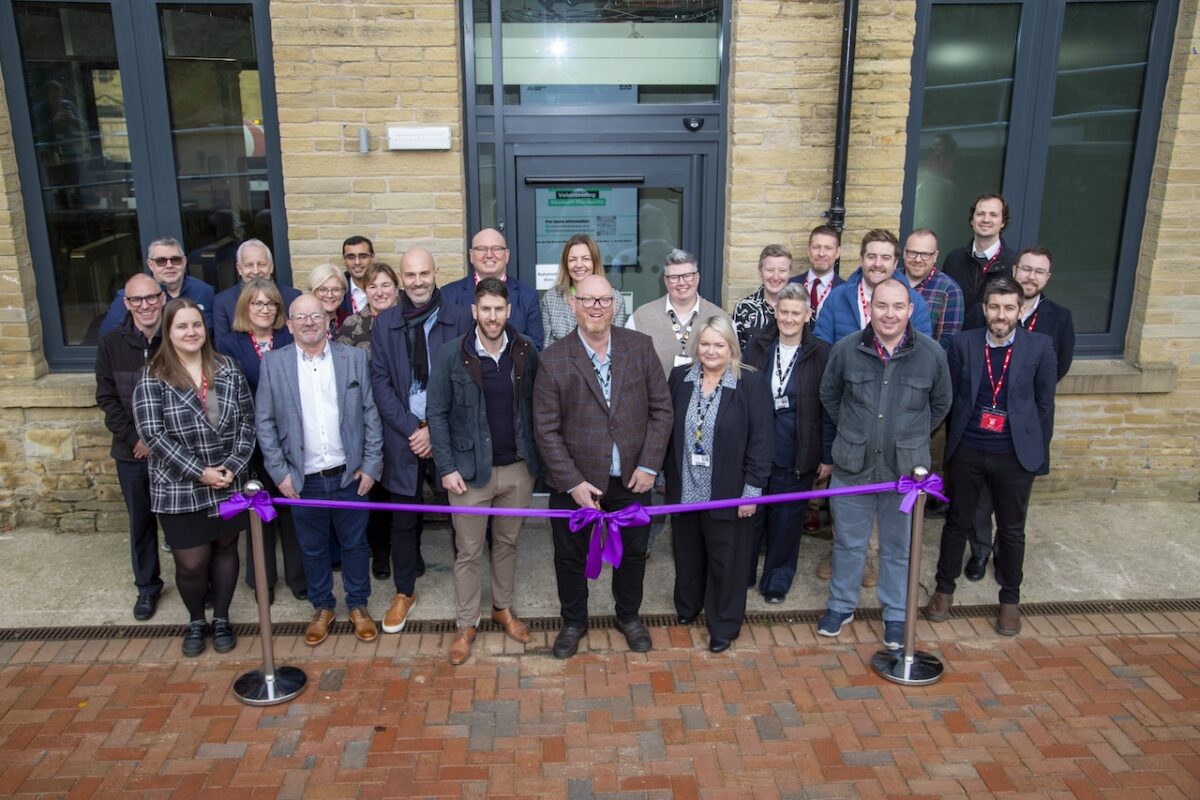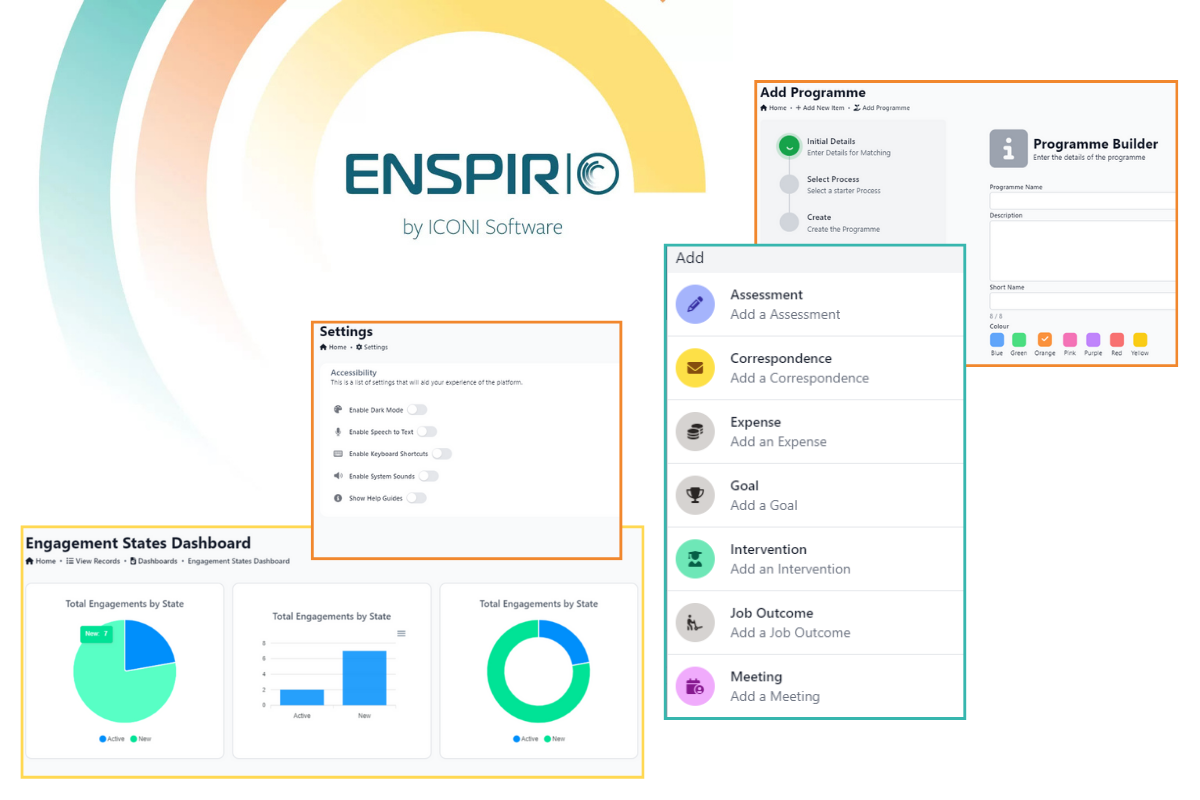EdTech The Hyper Accelerator: Top three emerging technologies across the education sector over the past year

65% growth in digital classrooms, but school Wi-Fi struggling to support extra demand
Demand for digital classrooms grew by 65% in the past year – with funding rounds and recruitment activity highlighting that this trend is unlikely to abate once the pandemic has passed.
In the past year alone, the number of EdTech’s in the UK has grown from 600 to now 1,000 start-ups – an impressive 66% growth in just 10 months – with overall recruitment growing by +24%, according to recruiter Robert Walters.
With schools preparing to break-up for Easter holidays, many teachers will now have time to reflect on the two methods of delivery – physical and digital – leaving many wondering whether a hybrid-approach is best.
A RETURN TO TRADITIONAL METHODS
Despite EdTech funding growing year-on-year – now taking 40% of all investment coming into Europe to the value of $600m+ – the value of EdTech exports is expected to grow at a faster rate than uptake across the country, with the biggest market existing in Asia.
Whilst the UK education system has been an early adopter of computer-based learning – being one of only five countries in the world to have a compulsory computing curriculum ( with the other four being South Korea, Israel, Estonia, and New Zealand), resulting in 97% of 15- to 24-year-olds in the UK having basic digital skills – the system has lagged behind in adopting technology to enhance learning, with many education leaders fearing that the investment will only be temporary due to Covid.
David Roberts, CEO of EdTech KidsLoop comments:
“When considering super growth regions, Asia continues to show the most potential. Not only does EdTech economically make sense given the size of the countries within the continent – which also enables scaling to be a lot easier – but there is very little prejudice against technology being embedded into the education system, compared to the likes of the UK where traditional teaching methods are much more protected.”
In fact, in a recent survey 44% of education leaders in the UK think their Wi-Fi is not good enough to support the use of digital classrooms.
A third feel that whilst Covid highlighted the ‘digital-divide’ amongst different socio-economic groups, the solution provided – leasing out laptops and Wi-Fi dongles – has been short-term and inevitably the long-term will be to move back to more traditional, in-classroom teaching methods.
27% of teachers feel that pre-Covid teaching methods were archaic, labour-intensive, and did not allow for tailoring of individual needs – instead leaving these decisions down to teachers who teach to classes of up to 30 children at a time.
An overwhelming 74% of teachers would like to move towards some form of blended or hybrid-learning where students are given a certain level of independence and are able to complete tasks outside of the classroom in a way that works best for them.
The next most popular tool that teachers would like to use more of is cloud-sharing – which allows students and teachers to view a document anytime and anywhere, as well as to edit it and add feedback. Whilst enormously advantageous in a time of physical distancing, now that teachers are more familiar with cloud sharing they would like to continue with this form of digital feedback loop post lockdown.
WHERE HAS DEMAND FOR EDTECH BEEN GREATEST?
According to the report from Robert Walters – EdTech: The Hyper Accelerator – the following technologies have been the most in-demand by the education sector in the UK in the past year:
1. Augmented Reality
Demand increasing by +118% – AR in education features aspects that enhance learning of abilities like problem-solving, collaboration, and creation. Probably, the most popular application for augmented reality in education is the use of AR apps directly in the classroom. In this case, they can help the teacher explain a subject, provide a visual representation of the material, and help students test out their knowledge in practice.
By adding gaming elements to support textbook materials classes become more interactive and increases the chance for students to better remember the information they’ve just learned.
2. Digital Classrooms
Demand increasing by +65% – A digital classroom is typically one that incorporates electronic devices and software into the learning environment and is where a physical classroom extends into a digital space.
These classrooms rely on educational apps and websites to enhance student learning. Feedback loops and technology are also important parts of a digital classroom – such as online forums – which ensures that students receive input from their teachers in a timely and tailored manner.
In a digital classroom, the tone is set by technology and is the most visible part of this type of classroom and encompasses hardware, software, operating systems and social media channels.
3. Software as a Service (SaaS)
Demand increasing by +57% – SaaS is a software distribution model where the application is hosted by a vendor or service provider and made available to customers over the Internet (such as Netflix). In SaaS, customers license an application for “use in the cloud” as service on demand and pay for what they use. It’s an alternative to the standard (and quickly fading) software installation model where a user has to host the software on their own server, install it, configure and update it.
Examples in education include computer-based curriculum, speech synthesizers, computers that read text aloud, and multimedia software that targets certain learning disabilities.











Responses